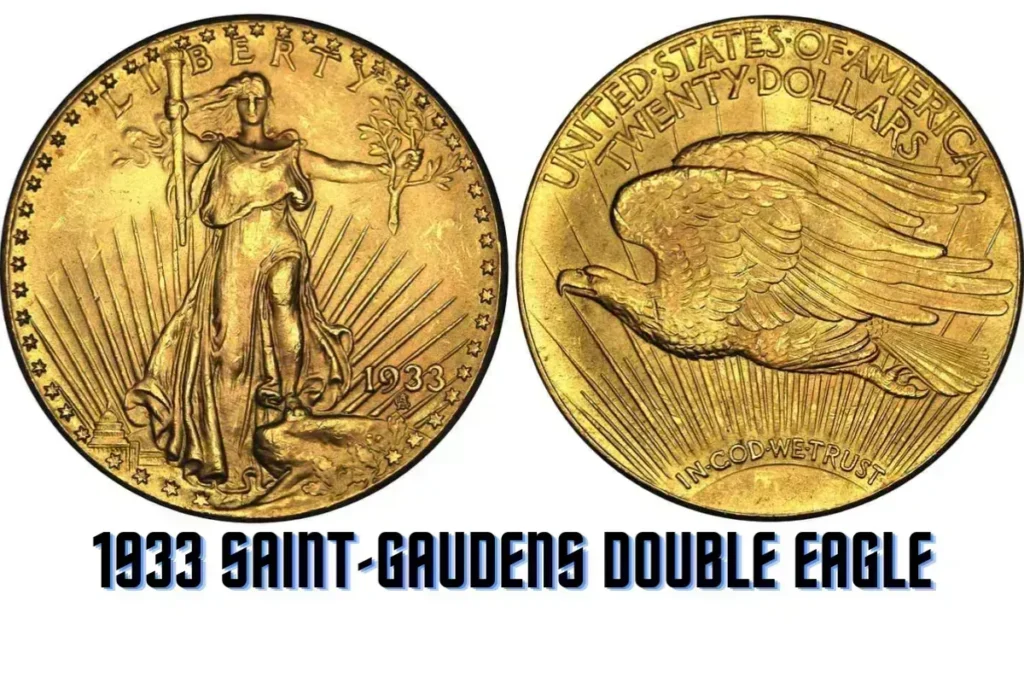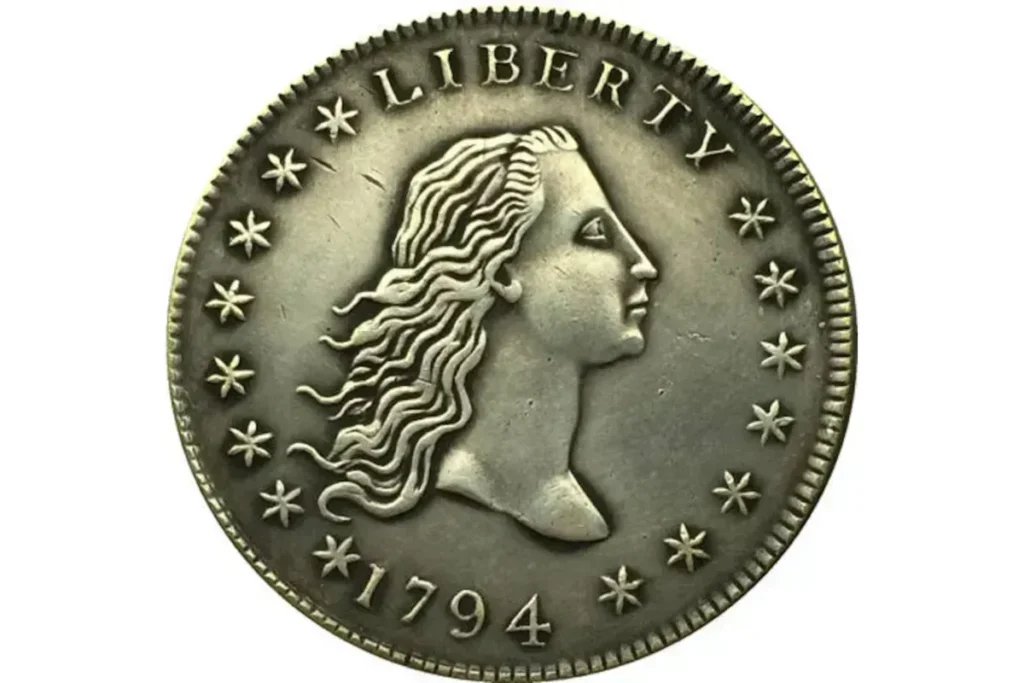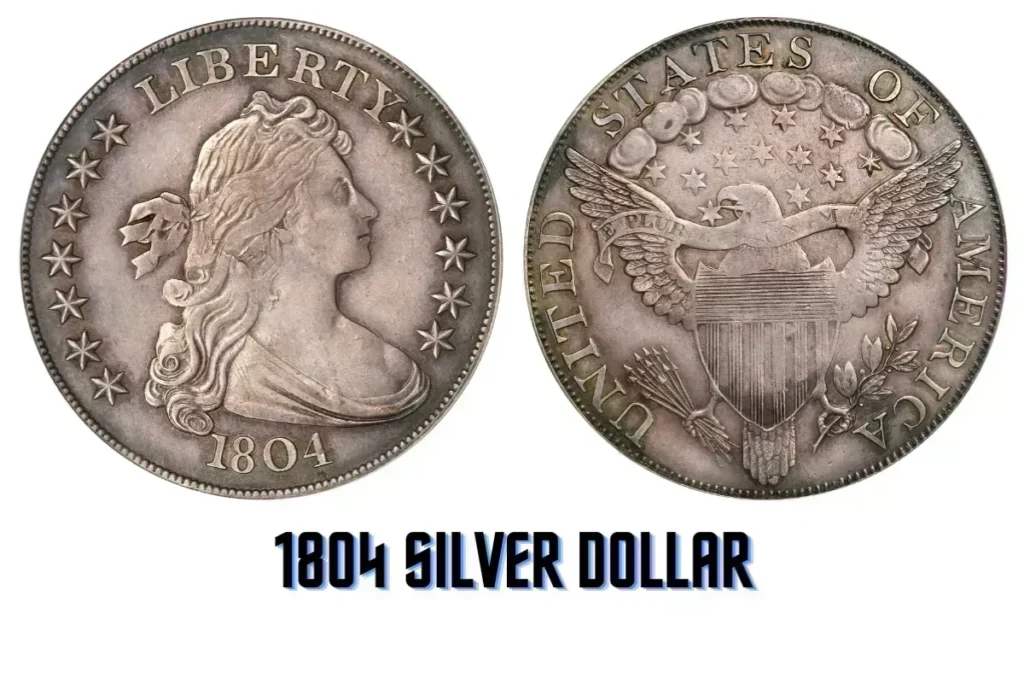Coins passed down from family might seem ordinary, but some hold exceptional value. If you have a collection from a grandparent, you might own a piece of history worth thousands—or even millions. This guide will cover five of the rarest and most valuable U.S. coins, highlighting their history, rarity, and what makes them so sought-after.
What Are the Top 5 Valuable U.S. Coins?
Coins with historical significance, unique design features, or minting errors can reach sky-high values. Below are five of the most prized coins in the U.S.:
1. 1933 Double Eagle

- Details: This gold coin was minted but never publicly released due to a shift away from the gold standard during President Franklin D. Roosevelt’s era. While most of these coins were melted, a few survived.
- Value: $18.9 million (auctioned in 2021)
- Why It’s Valuable: The 1933 Double Eagle’s rarity and historical context make it highly desirable among collectors.
2. 1913 Liberty Head Nickel
- Details: Only five of these nickels were privately minted, adding mystery to their origins.
- Value: $10 million (sold in 2018)
- Why It’s Valuable: The limited production and historical intrigue make this one of the most sought-after coins.
3. 1794 Flowing Hair Dollar

- Details: The first U.S. silver dollar ever minted, this coin represents early American history.
- Value: $10 million (sold in 2013)
- Why It’s Valuable: As the first U.S. silver dollar, it holds great historical significance and value.
4. 1787 Brasher Doubloon
- Details: Privately minted by goldsmith Ephraim Brasher, this gold coin features a unique design.
- Value: Over $10 million
- Why It’s Valuable: Its rarity, historical connection, and craftsmanship make this coin extremely valuable.
5. 1804 Silver Dollar (Class I)

- Details: Known as the “King of Coins,” only 15 genuine 1804 Silver Dollars exist. They were initially produced for diplomatic purposes.
- Value: $10.01 million (sold in 2016)
- Why It’s Valuable: The coin’s diplomatic origin and scarcity contribute to its high market value.
Overview Table of Million-Dollar Coins
| Coin | Year | Material | Value | Key Feature |
|---|---|---|---|---|
| 1933 Double Eagle | 1933 | Gold | $18.9 million | Never circulated due to historical context |
| 1913 Liberty Head Nickel | 1913 | Nickel | $10 million | Only five known, mystery origin |
| 1794 Flowing Hair Dollar | 1794 | Silver | $10 million | First U.S. silver dollar |
| 1787 Brasher Doubloon | 1787 | Gold | Over $10 million | Privately minted, unique design |
| 1804 Silver Dollar (Class I) | 1804 | Silver | $10.01 million | Extremely rare, used as diplomatic gifts |
Why Are These Coins So Valuable?
Several factors can significantly boost a coin’s value:
- Rarity: The rarer a coin, the higher its demand and value.
- Historical Significance: Coins like the 1794 Flowing Hair Dollar have deep roots in American history.
- Condition: Coins in pristine condition or mint state fetch higher prices.
- Provenance: Coins from famous collections or with known history can have added value.
How to Identify If Your Coin Is Valuable
If you suspect that your inherited coin collection holds valuable pieces, consider these steps:
- Check for Rarity: Research how many coins of the same kind exist.
- Assess Condition: Look for any signs of wear, as coins in better condition are more valuable.
- Identify Unique Features: Look for minting errors, rare designs, or other unique traits.
- Consult a Professional: Get your coin appraised or graded by a reputable service like PCGS or NGC.
Inherited coins can hold significant value, especially if they are rare, historically important, or in excellent condition. Coins like the 1933 Double Eagle and 1913 Liberty Head Nickel demonstrate how some collectibles can be worth millions. If you own a unique coin, consider having it appraised—it might turn out to be a treasure in disguise!
How do I know if my coin is rare?
Research your coin’s history, design, and number of known examples. Rarer coins usually have higher values.
What makes a coin valuable?
Factors like rarity, historical significance, condition, and provenance contribute to a coin’s value.
How can I get my coin appraised?
Contact a certified coin appraiser or get it graded by recognized services like PCGS or NGC.
What is a minting error?
A minting error happens when a coin is mistakenly produced, like a misprint. These errors often make coins more valuable.
Can I sell valuable coins online?
Yes, many rare coins are sold through reputable auction houses or coin marketplaces online.















